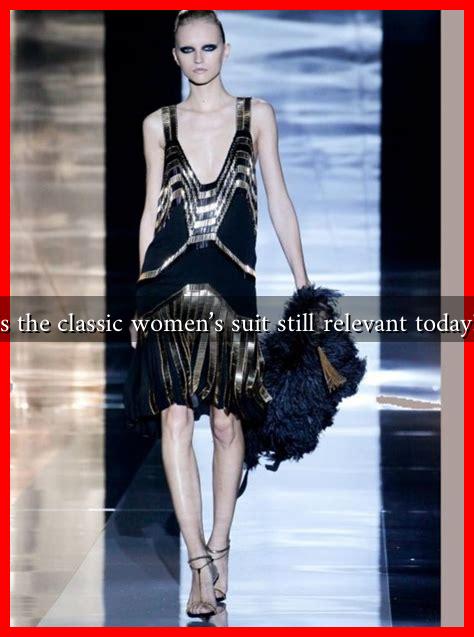-
Table of Contents
Is the Classic Women’s Suit Still Relevant Today?
The classic women’s suit has long been a symbol of professionalism, power, and sophistication. However, as workplace dynamics evolve and fashion trends shift, one might wonder: is the classic women’s suit still relevant today? This article explores the enduring significance of the women’s suit, its evolution, and its place in contemporary fashion and professional settings.
The Historical Context of the Women’s Suit
The women’s suit emerged in the early 20th century as women began to enter the workforce in greater numbers. Pioneering designers like Coco Chanel and Elsa Schiaparelli introduced tailored pieces that challenged traditional gender norms. The suit became a statement of liberation, allowing women to express authority and independence.
Throughout the decades, the women’s suit has undergone various transformations, reflecting societal changes. In the 1980s, power suits with bold shoulder pads became synonymous with female executives, while the 1990s saw a more relaxed approach with softer fabrics and cuts. Today, the classic suit continues to adapt, blending traditional elements with modern aesthetics.
Current Trends in Women’s Suits
Despite the rise of casual work attire and remote working arrangements, the classic women’s suit remains relevant. Here are some current trends that highlight its enduring appeal:
- Versatility: Modern suits are designed to be versatile, allowing women to transition from the office to social events seamlessly. Tailored blazers can be paired with jeans or skirts, making them suitable for various occasions.
- Inclusive Sizing: Many brands are now offering a wider range of sizes, ensuring that women of all body types can find a suit that fits well and flatters their figure.
- Sustainable Fashion: With a growing emphasis on sustainability, many designers are creating suits from eco-friendly materials, appealing to environmentally conscious consumers.
- Bold Colors and Patterns: While classic black and navy suits remain popular, there is a noticeable shift towards vibrant colors and unique patterns, allowing women to express their individuality.
Case Studies: Brands Leading the Charge
Several brands have successfully embraced the classic women’s suit while innovating to meet modern demands:
- Theory: Known for its minimalist aesthetic, Theory offers tailored suits that emphasize clean lines and high-quality fabrics. Their commitment to sustainability has also made them a favorite among eco-conscious consumers.
- Reiss: This British brand combines classic tailoring with contemporary designs, appealing to a younger demographic while maintaining the sophistication of traditional suits.
- Stella McCartney: A pioneer in sustainable fashion, McCartney’s suits are not only stylish but also made from eco-friendly materials, proving that luxury and sustainability can coexist.
The Suit in the Workplace: A Symbol of Empowerment
In many professional settings, the classic women’s suit remains a powerful symbol of authority and competence. According to a study by the Forbes Coaches Council, dressing well can significantly impact how individuals are perceived in the workplace. A well-tailored suit can enhance confidence and project professionalism, making it a valuable asset for women navigating their careers.
Conclusion: The Timelessness of the Women’s Suit
In conclusion, the classic women’s suit remains relevant today, adapting to modern trends while retaining its core essence of empowerment and professionalism. As workplace cultures continue to evolve, the suit’s versatility, inclusivity, and sustainability make it a staple in women’s wardrobes. Whether in a boardroom or a casual setting, the classic women’s suit is not just a piece of clothing; it is a statement of identity and ambition. As we move forward, it is clear that the classic women’s suit will continue to hold its place in the fashion landscape, symbolizing strength and sophistication for generations to come.

